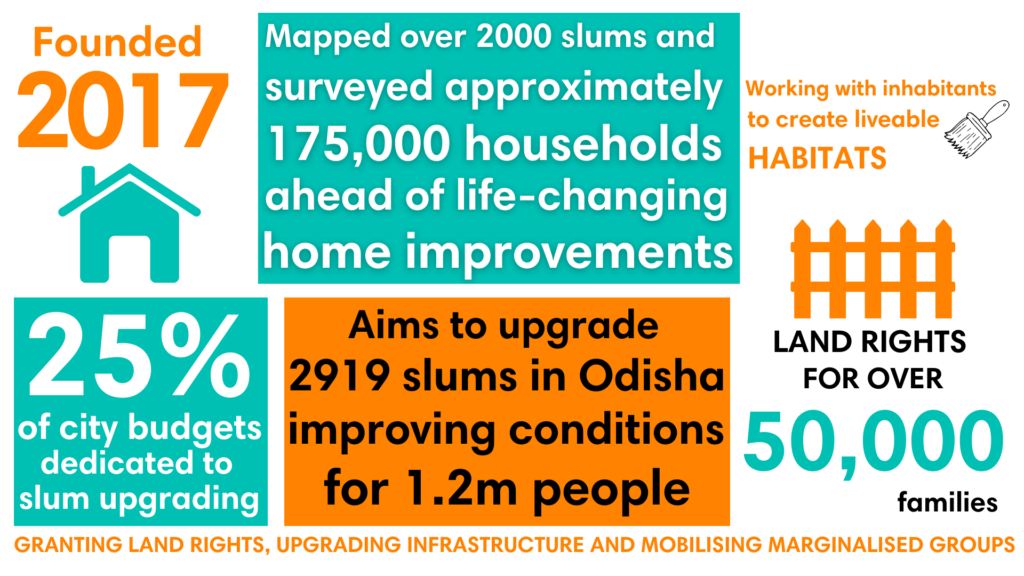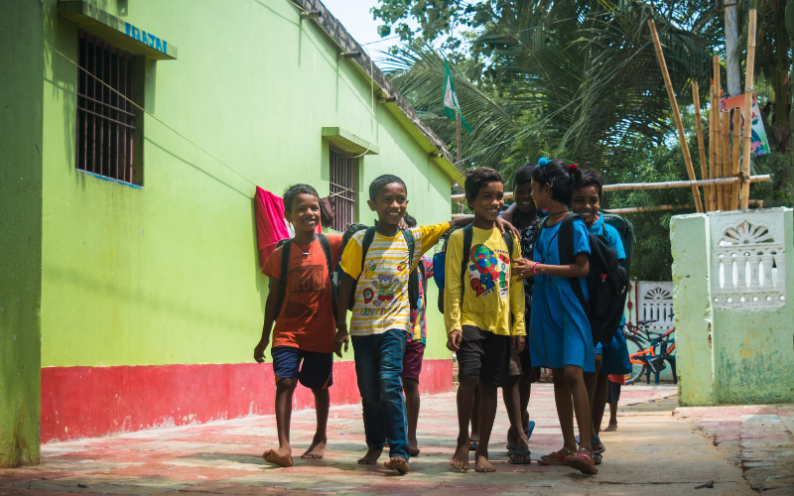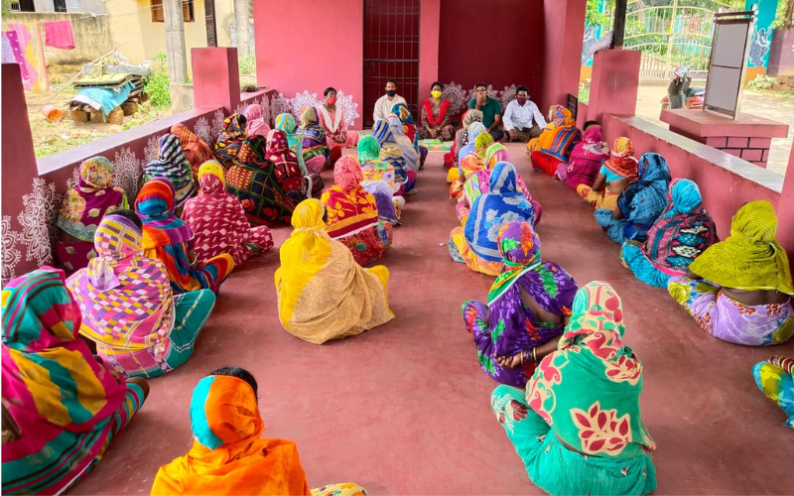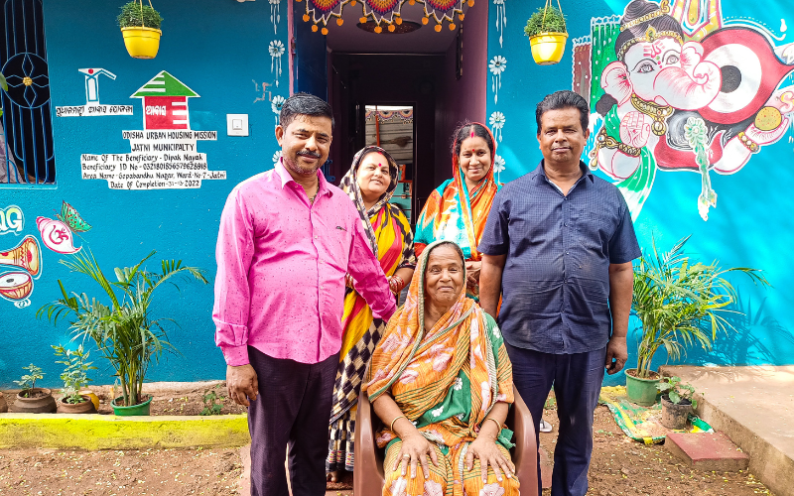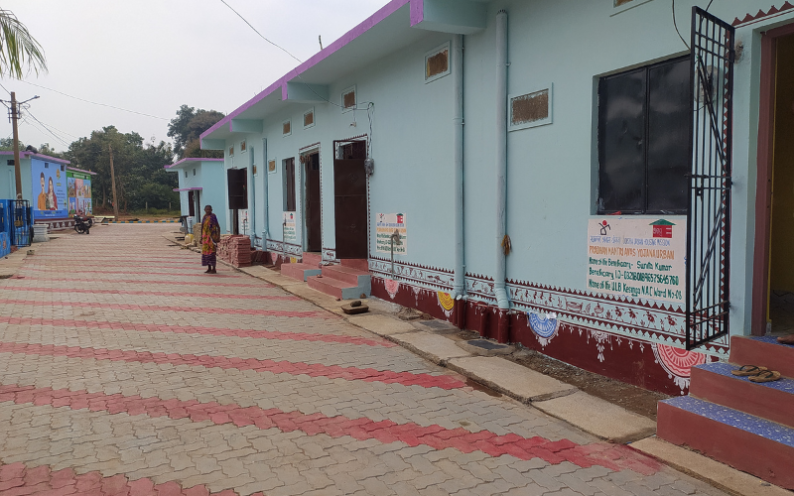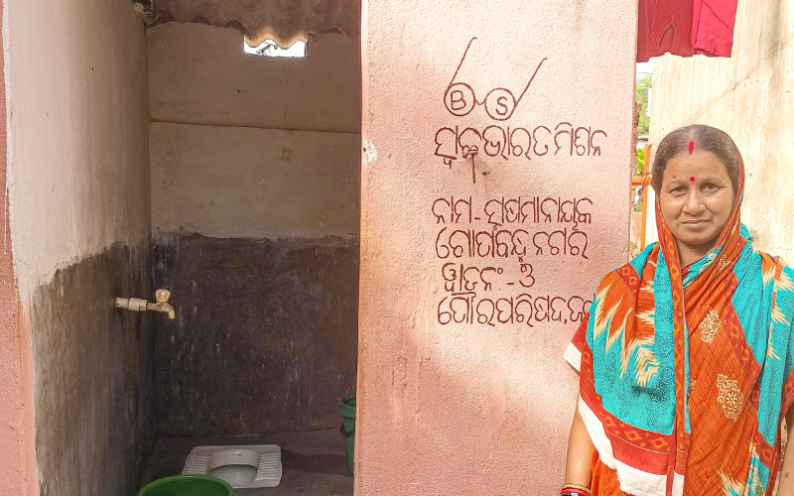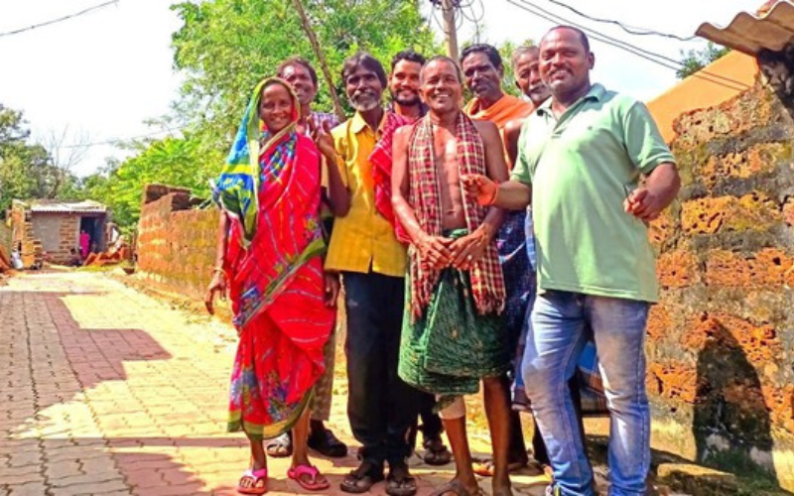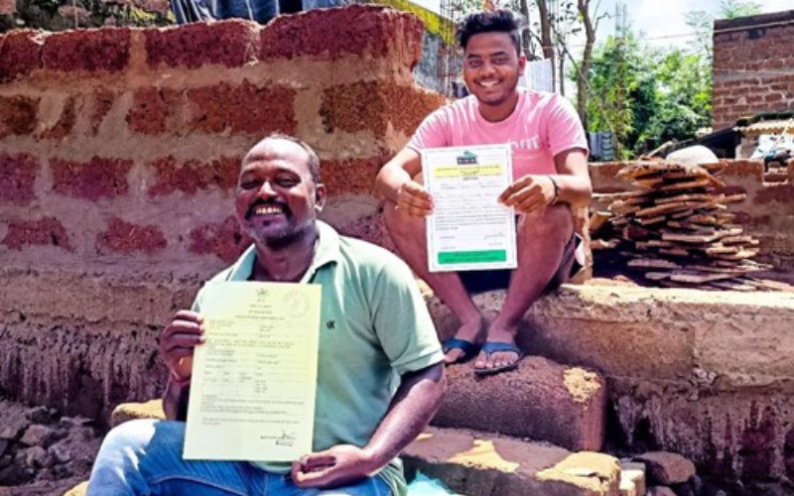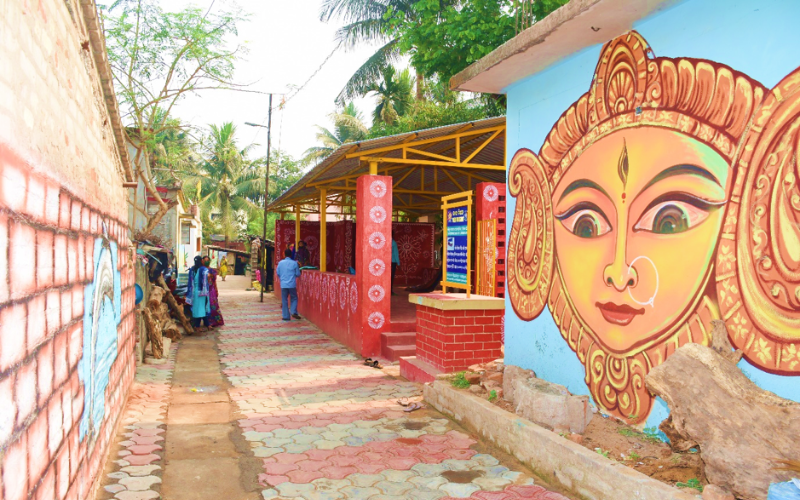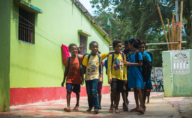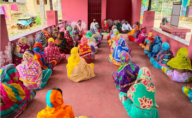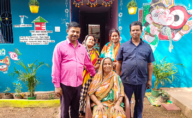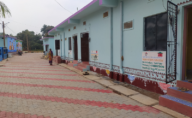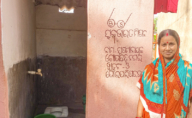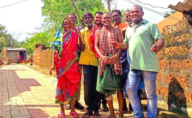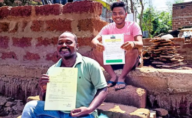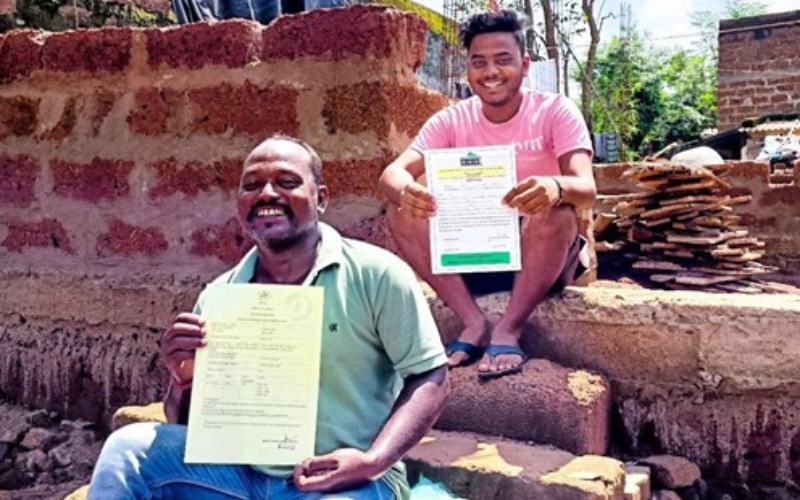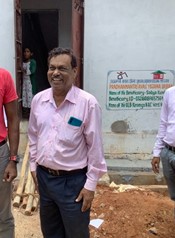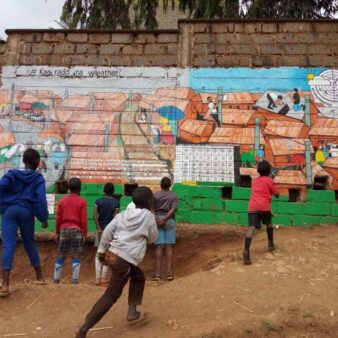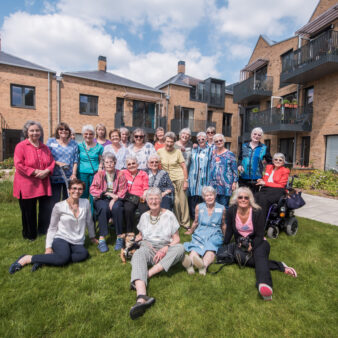In the east Indian state of Odisha, more than 1.7 million people – about 25% of the state’s total population – live in urban slums. Slums dwellers endure terrible, unsanitary conditions without access to basic amenities and infrastructure, such as running water, power and sewers, and lack land rights and recourse to public subsidies. As such, residents find themselves in a vicious cycle of increasing poverty and marginalisation, and live with the constant threat of illness, eviction, and homelessness.
These issues are particularly acute for certain groups – like women, migrant workers, and select castes – and have been exacerbated by the Covid-19 pandemic, which left many people unable to work.
Since 2017, the Jaga Mission and the Odisha Liveable Habitat Mission have been part of an innovative state-wide land titling and slum-upgrading programme which aims to drastically improve living conditions and promote social equality for the urban poor.
The ambitious project is led by the Government of Odisha’s Housing and Urban Development Department and aims to make Odisha India’s first slum-free state by December 2022. The project is implemented through a decentralised governance model, in which slum dwellers’ associations partner with public authorities to manage and maintain settlement upgrades.
To date, 585 of Odisha’s 2,919 slums have been fully upgraded and eight cities have been declared totally slum-free.
The project in practice
Jaga Mission was awarded the 2019 Bronze World Habitat Award for its work in granting land rights to more than 50,000 families under the Land Rights to Slum Dwellers Act, which was passed by the Government of Odisha in 2017. Since then the project has continued this work, but Jaga Mission also came to the realisation that security of tenure alone is not enough to significantly improve living standards in slum areas. As such, it has evolved the project to address three core issues simultaneously: land titling, infrastructure upgrading, and community mobilisation.
The programme is based on the fundamental principle that all households living in Odisha’s urban slums should be granted land rights and in situ security of tenure to ensure they are able to access public housing subsidies, and to mitigate the threat of forced eviction and displacement. Land rights certificates are inheritable and mortgageable, but they are non-transferable through sale to prevent gentrification. Since 2019, land rights have been granted to 125,000 slum residents, including women, who can be granted joint ownership of the land.
After the slums have been mapped and land rights granted to residents, slum dwellers’ associations are formed for each slum to oversee housing and infrastructure improvements. Emphasis is placed on inclusive representation and 50% of the community members of these associations must be women or from other marginalised groups, such as transgender people and those with disabilities.
The associations are formally recognised as partners in the governance process of the Jaga Mission and have control over the implementation of the upgrading and maintenance of community assets, including direct access to the project funds through a dedicated bank account.
Community participation is a key feature of the project. Residents (including women) are hired to carry out community upgrading work, which is done without private contractors. Local slum dwellers’ associations monitor the work and establish accountability standards. Residents are paid fair wages, providing improved livelihood opportunities for households living in the slums.
The programme has been implemented in all 2,919 slums across 114 cities in Odisha. Between September 2020 and May 2022, 585 slums in 30 cities were upgraded, with eight cities declared slum-free.
During this period, completed improvements to household and civic amenities include:
- Piped water and electricity connections to 51,610 households
- The installation of 11,859 household toilets and 65 public toilets
- More than 150km of street paving
- More than 12km of drains
- Construction of 281 community centres
- Installation of 5,619 LED streetlights
Since 2019, the project has built 25,622 new homes.
The slum dwellers’ associations confirm the completion of all slum upgrade works, which are then verified by a city-led committee. When all the slums in a city are classified as upgraded, it is then declared slum-free.
Funding
The annual budget for the project is approximately 5,072,000,000 INR ($65,000,000 USD). Funding comes predominantly from the Odisha state budget, as well as from funds granted through various schemes of the Central and State Governments that are dedicated to slum upgrading and the creation of new liveable habitats.
Jaga Mission has a unique and innovative funding system where available funds of various government departments are converged to maximise investments. This prevents the need to create a separate budget for each component of the project. For example, instead of creating a different budget for water supply in slums, the existing funds of the Public Health Engineering department serving the city are used as they include the targets of Jaga Mission to provide water supply to slums. This is in line with Jaga’s principle of treating slums on par with the city at large at every level. Only funding requirements that cannot be sourced from existing schemes are drawn from the Jaga Mission’s budgeted funds.
A significant statutory provision has also been made through an amendment of the Municipal Act, which earmarks 25% of a city’s budget for slum areas. This money is dedicated solely to slum upgrading and the maintenance of upgraded and new infrastructures in slum areas. This is a unique feature of the project, as such schemes are more usually funded by development institutions like the World Bank.
Social impact
In addition to the obvious benefits to residents’ health and wellbeing, Jaga Mission is also helping to change public perceptions around slum dwellers and informal workers. City authorities have traditionally had a negative perception of slum dwellers as ‘encroachers’ on city services, but this view is being challenged by the collective responsibility taken by residents to improve their communities.
More than 100,000 people have so far participated in slum upgrading and community engagement processes, while more than 40,000 community leaders have engaged with city officials on issues concerning their urban habitat, leading to 2,717 memorandums of understanding being signed with city authorities.
By advocating for their communities in this way, slum dwellers’ associations are drawing attention to the needs of marginalised groups, including women, transgender people, and those with disabilities, ensuring that those needs are integrated into the slum upgrading schemes.
It’s not just slum dwellers who are benefiting from the project, the Government of Odisha is also realising benefits as a result of improved collaboration between the state government, city authorities, and residents. By establishing a streamlined decentralised structure, Jaga Mission decreases the burden on the state and facilitates more impactful local urban planning.
Environmental impact
Slums are disproportionately affected by environmental hazards, primarily due to their high-risk locations, for example near coastal ingresses or waste dumpsites. Jaga Mission tries to reduce these risks through infrastructure improvements. All upgraded slums are provided with solid waste management systems, including street sweeping, regular drain desilting, and waste collection and disposal systems. Improvements in road and stormwater drainage infrastructure also help to mitigate the impacts of flooding during monsoon season.
The slum dwellers’ associations’ knowledge of local environmental conditions is often used to adapt construction projects. For example, at the request of one community, a building that would normally have an open design was adapted to have a walled structure so it could also be used as a cyclone shelter.
Residents of slums located near waste dumpsites and in floodplains can volunteer for relocation to more environmentally secure and healthier locations.
All materials used for the infrastructure upgrades are sourced locally. Fly ash bricks, made using waste from Odisha’s thermal power plants, are a more environmentally friendly alternative to clay brick manufacturing. The project also uses paver blocks for roads, which are designed to absorb water from rainfall, reducing surface run-off and decreasing the risk of flooding.
Transfer and expansion
Jaga Mission is the largest land titling and slum upgrading scheme in India and one of the largest in the world. The project is ongoing and is scaling up across Odisha state thanks to a mentoring model, under which 62 specially trained mentors from 28 pilot cities have gone to support other cities during their slum upgrading work. Their experience has helped orientate newer cities to the programme’s nuances, speeding up the upgrade process.
The success of the programme to date has led to Jaga Mission’s decentralised delivery model being held up as an example to be replicated elsewhere in India. Transfer to other states requires strong political will to drive collaborations between sceptical city authorities, slum dwellers’ associations, and local non-governmental organisations. In the northern state of Punjab, however, the project is already being replicated to directly benefit an additional 1.4 million slum dwellers.
Jaga Mission demonstrates that empowering these marginalised communities is a very effective way to achieve large-scale slum upgrading schemes and promote equality for millions of India’s urban poor.
